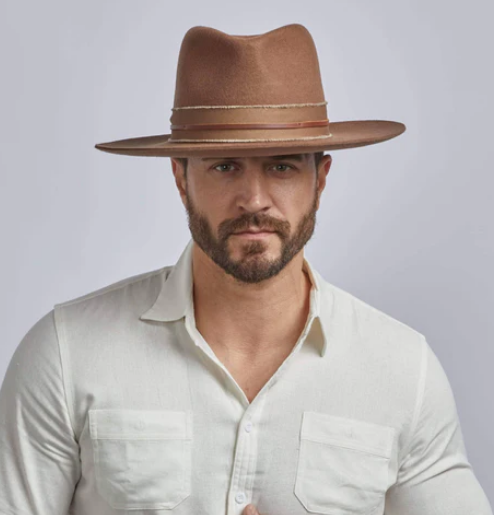Are you tired of sporting a patchy or sparse beard? Do you envy those with thick, luscious facial hair? If so, you’re not alone. Many men dream of having a full and well-groomed beard, but genetics and other factors can often stand in the way. Thankfully, beard restoration procedures have come a long way in recent years, offering hope to those seeking a more impressive facial mane. In this ultimate guide, we’ll explore the various options available for beard restoration, including expert insights from Dr. Bonaros, a leading expert in the field.

For more information on beard restoration and other services, click here: beard transplant Glasgow.
Beard Restoration
Beard restoration is a cosmetic procedure designed to address issues such as thinning or absent facial hair. It involves stimulating hair growth in areas where the beard is lacking density or where hair growth is limited. There are several approaches to beard restoration, each with its own set of benefits and considerations.
- Non-Surgical Options:
Non-surgical methods for beard restoration are often the first choice for individuals who prefer a less invasive approach. These options include:
- Topical Treatments: Over-the-counter products, such as minoxidil, can be applied to the skin to promote hair growth. However, results can vary, and consistent use is necessary for long-term effects.
- Platelet-Rich Plasma (PRP) Therapy: PRP therapy involves injecting a concentrated form of the patient’s blood platelets into the beard area. These platelets contain growth factors that can stimulate hair follicles and encourage new hair growth.
- Surgical Solutions
For those seeking more dramatic and long-lasting results, surgical options may be the preferred choice. Dr. Bonaros highlights the following surgical procedures as effective methods for beard restoration:
- Follicular Unit Extraction (FUE): FUE is a minimally invasive procedure that involves harvesting individual hair follicles from a donor site (often the back of the head) and transplanting them into the beard area. This technique allows for precise placement and natural-looking results.
- Facial Hair Transplant: Similar to FUE, a facial hair transplant involves extracting hair follicles from a donor area and transplanting them to the beard region. This procedure is particularly suitable for individuals with significant hair loss in the beard area.
Factors to Consider
Before undergoing beard restoration, it’s important to consider the following factors:
- Cost: The cost of beard restoration procedures can vary based on factors such as the technique used, the extent of the restoration needed, and the geographic location of the clinic. Discuss the cost and any financing options with Dr. Bonaros during your consultation.
- Recovery Time: Depending on the chosen procedure, recovery times may vary. Non-surgical options often have shorter recovery periods, while surgical methods may require several weeks for complete healing. Dr. Bonaros will provide detailed aftercare instructions to ensure optimal recovery.
- Expected Results: While beard restoration can yield impressive results, it’s essential to have realistic expectations. Dr. Bonaros will explain what you can expect from the procedure, including the time frame for seeing noticeable hair growth.
In Conclusion
If you’ve always wanted a full, well-groomed beard, beard restoration procedures can make that dream a reality. Whether you opt for non-surgical methods or prefer a more permanent solution with surgical techniques, consulting with a knowledgeable professional like Dr. Bonaros is crucial. By understanding the available options, considering important factors, and working with a skilled practitioner, you can achieve the beard you’ve always wanted and boost your confidence in the process. So, don’t let patchy facial hair hold you back any longer—take the first step towards your beard restoration journey today!




